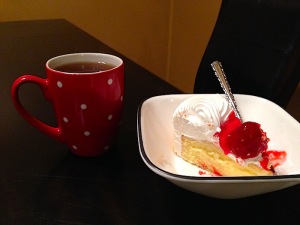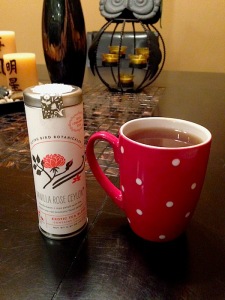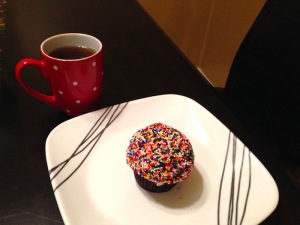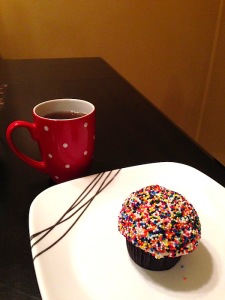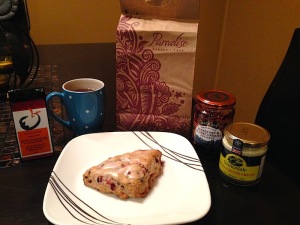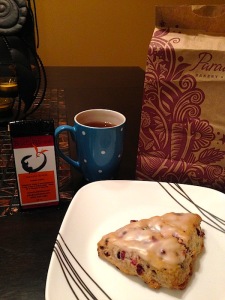This post was difficult for me to write, because I didn’t want it to sound overly strident. Turns out, I hold some strong opinions when it comes to fictional characters. (No surprise there, really!) In the past, I’ve talked about how I tend to read with a focus on character, rather than plot. When I open a book, I want to read about fascinating people who do amazing things. However, I care more about who they are as people than about what they’re able to accomplish.
This can be a problem.
In bestselling fiction, protagonists tend to be “everymen.” In the case of the YA genre, where the protagonists are usually female, they are “everygirls.” Often struggling just to survive, these protagonists inspire our sympathy because, even though they are caught up in extraordinary circumstances, deep down they are just like us. They care about their families and friends, and they want to survive and find love and all kinds of relatable desires.
This is not a bad thing, in itself. But all too often, I find these stories difficult to enjoy. The protagonist’s name becomes a challenge for me to remember, because she resembles too many other protagonists in YA novels. When I finish the book, I am unable to describe the heroine in detail to my fellow readers. Instead of having a distinct personality, she reacts like most people would in her situation (especially if they had her background/upbringing).
Contrary to what you might think, this does not mean that these stories are poorly written. Often the protagonists have complex motives and realistic emotions… But they are still forgettable, and while their circumstances are highly interesting, they are not. At least, not to me.
Now, let me pull back for a moment and confess that my standards for ‘interesting’ are high. (Perhaps too high!) Based on reviews I’ve read, plenty of people can read a story about an everygirl and be satisfied with it. But then again, readers love to encounter a character who is unique, who has a distinct personality and voice. So why not satisfy everyone? A main character can have a unique personality and still care about many of the same things readers do. She can be sympathetic and an individual.
Unfortunately, I think one reason why protagonists in YA don’t always feel unique is because they’re trying to be unique in the same way. Many YA heroines are closed off emotionally because of tragic events in their past. In expressing this part of themselves, they tend to be sullen and antisocial and a bit caustic. (Again, this isn’t a bad thing in itself! It just blurs together with other YA protagonists who possess these traits.) They are untrusting—but given their circumstances, they should be. They are survivors, and many of them are skilled with weapons—but again, given their circumstances, they need to be.
In other words, Katniss is a cool character, but I’ve already read about her. (Also, I think a lot of people in Katniss’s situation would act at least a little bit like Katniss.) So it’s important to try to make a protagonist unique, to differentiate her from other YA heroines. But how exactly do you create a character with a distinct personality?
Well, a character with personality has patterns of behavior that are specific to her. Those patterns should contrast starkly with those of the other characters in the story, so readers can see the difference. Most stories get that part right—but I believe a heroine who is truly unique will behave in certain ways regardless of her background and current circumstances (i.e. whether she’s rich or poor, whether her home life was good or bad, whether her life is being threatened or not).
Basically, I want to read about a protagonist who has specific and definable traits (hot-tempered, energetic, shy, a goofy sense of humor, etc.), but not just because her parents got divorced or she lives on a farm or something like that. Those things are still a factor, of course; our circumstances and background affect us. But it shouldn’t be the only factor, the primary thing I know about her. I want to know what a protagonist would be like if I met her in high school. I want to know which result she would get in one of those silly personality quizzes in magazines, the ones that don’t have a category for “damaged by a dark past” or “just trying to survive.”
Most of all, I want to be able to describe a protagonist in enthusiastic detail to my friends, when I go on to recommend the book to them. (“Oh, you’ll love her. She acts like this most of the time, but then she does this crazy thing when she’s stressed out, and also she reminds me of this person we both know, because…”) I want to feel like I’m introducing my friends to an interesting person, not a generic character who gets tossed around by the plot—no matter how thrilling that plot may be.
In the end, I want to read about all kinds of protagonists, not just “everygirls.” Having a unique protagonist makes a story more entertaining, and besides, it makes me care more about the heroine and her journey. And isn’t that something all writers want?
Note: I may follow up with more on this subject later, with tips on how to create/define a particular character’s personality.

